
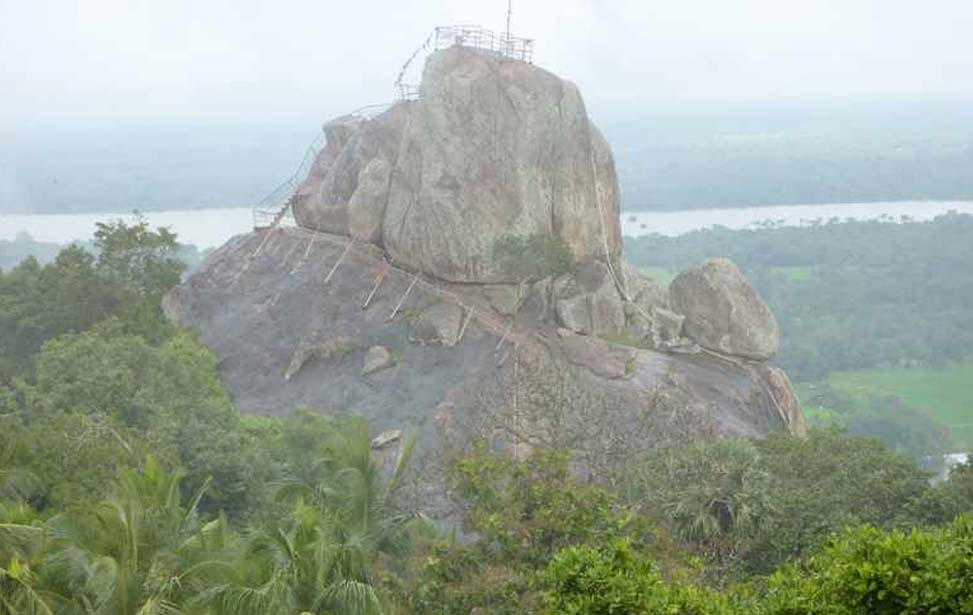
Aradhana Gala
Which faces Maha Seya is on a summit of a hill. Even during very windy weather pilgrims do not fail to visit this rock, which has iron railings to help them to climb. In the ancient books such as the Mahavamsa it is written that Mahinda came to Sri Lanka by travelling through the air. He came down and landed at Sri Lanka on the top of the Aradhana Gala.
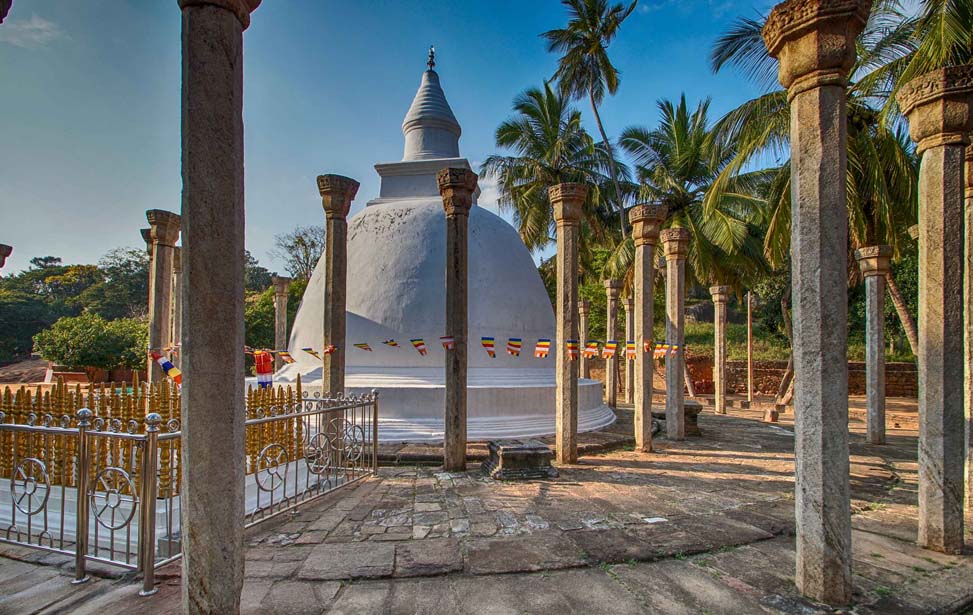
Ambasthala Dagaba
Is situated on the plain close to the peak of the mountain, and is said to have been built by King Makalantissa. The ruins show that there has been a house built encircling the stupa. The Dagaba itself is said to enshrine the relics of the great Apostle Mahinda. It is here that King Devanampiyatissa first met Arahant Mahinda. The traditional spot where this meeting took place is marked by the Ambasthala Dagaba.

Kantaka Cetiya
Kantaka Cetiya is a circular stupa having a base circumference of about 425 feet. It has three stepped rims. It has four frontispieces in the four cardinal directions. The frontispiece is called Vaahalkada. All the Vaahalkadas are decorated with sculptures of dwarfs, animals, human, divine figures and floral motifs. One of the most important of the sculptures on the Kantaka Cethiya Vaahalkada is the elephant headed God with two arms. The Saivites call it Ganapati or Ganeesaa. The Ganapati sculptures in the Vaahalkadas of the Kantaka Cetiya have created confusion among the archaeologists and historians. No one could not explain the connection between Ganapati God and Buddhism. Thus, the Sinhalese historians and archaeologists have tried to give some imaginary interpretation.

Kaludiya Pokuna
Is also one of the famous ponds at Mihintale. The name is derived from the fact that the water in the pond appears to be black in colour. It is believed that on new moon day Kalu Buddha Rakkhita Thera sat under the Thimbiriya tree, close to the Kaludiya Pokuna, preached on sermon based on Kalakarama Sutta. The word "Kalu" means black. The word "diya" means water, and the word "pokuna" means pond.
-
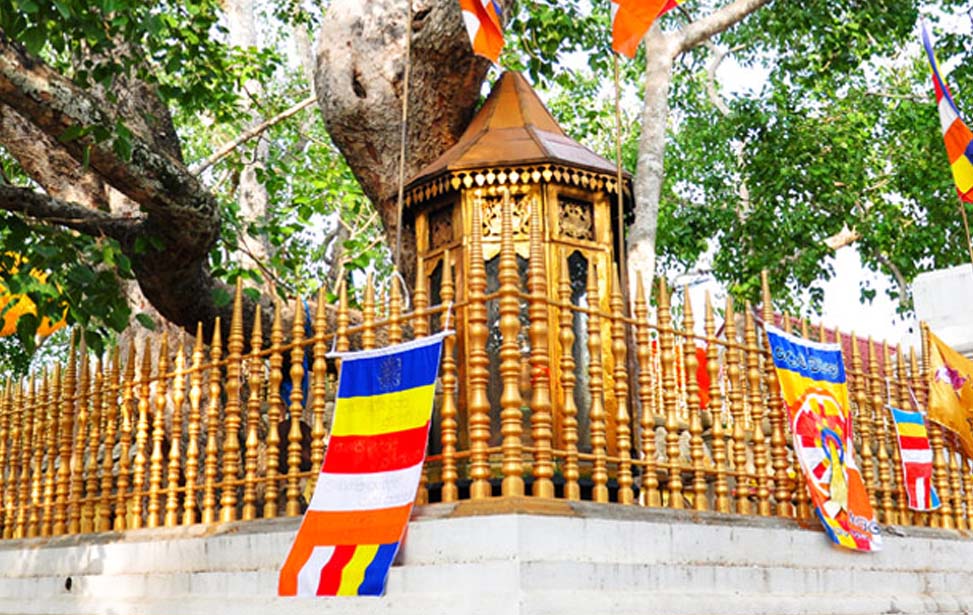 Anuradhapura
Anuradhapura
-
 Kandy
Kandy
-
 Adam's Peak
Adam's Peak
-
 Sigiriya
Sigiriya
-
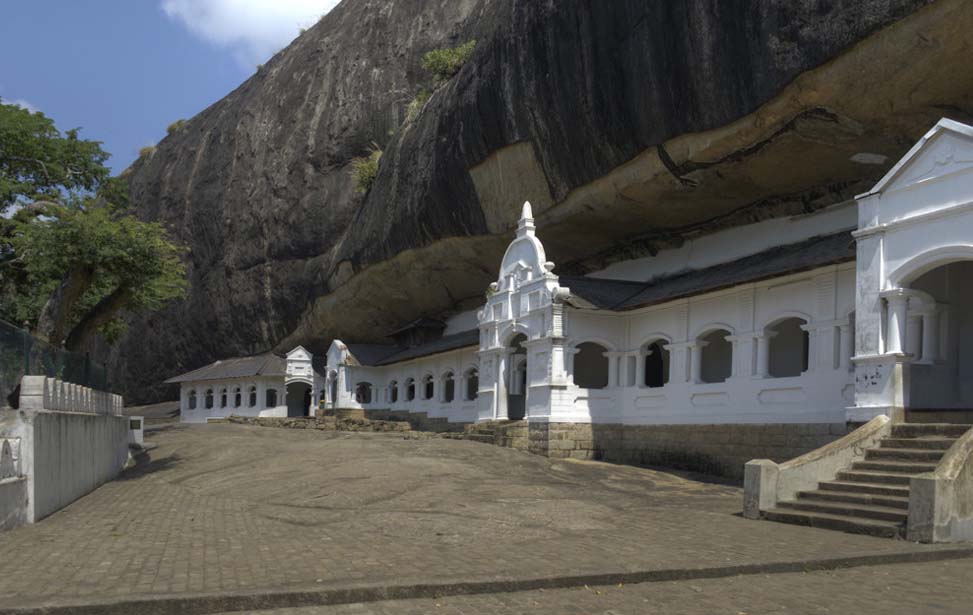 Dambulla
Dambulla
-
 Polonnaruwa
Polonnaruwa
-
 Nuwara Eliya
Nuwara Eliya
-
 Yapahuwa
Yapahuwa
-
 Galle
Galle
-
 Kelaniya
Kelaniya
-
 Jaffna
Jaffna
-
 Mihinthalaya
Mihinthalaya
-
 Colombo
Colombo
-
 Trincomalee
Trincomalee
-
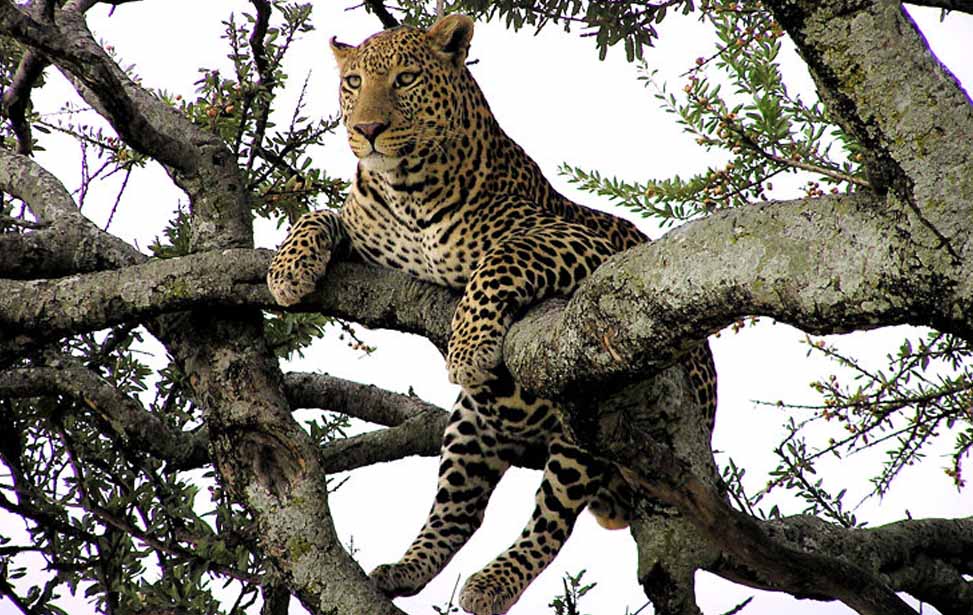 Yala Park
Yala Park
-
 Udawalawa
Udawalawa
-
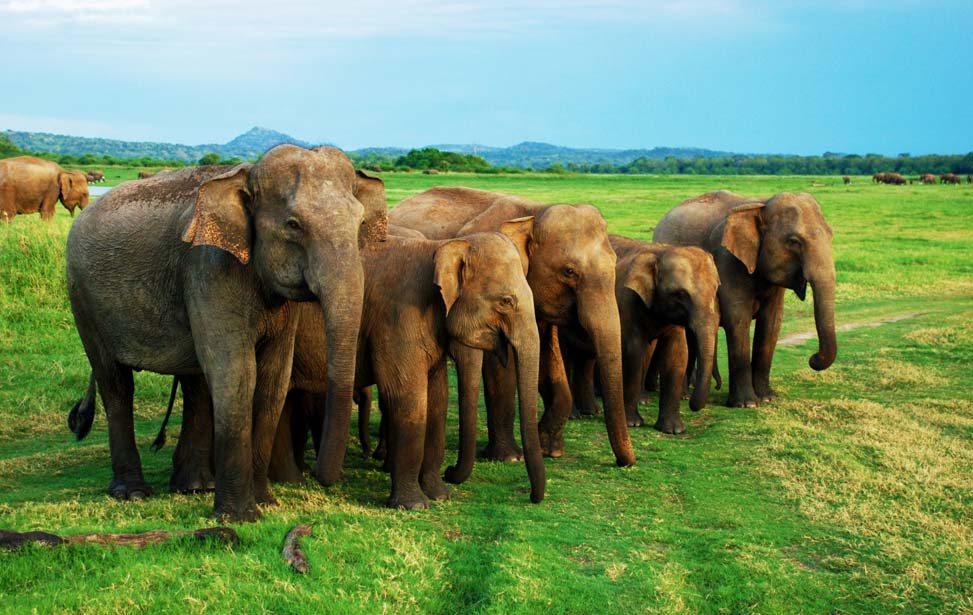 Minneriya
Minneriya
-
 Wilpaththu
Wilpaththu
-
 Kumana
Kumana
-
 Wasgamuwa
Wasgamuwa
-
 Bundala
Bundala
-
 Pigeon Island
Pigeon Island
-
 Peradeniya
Peradeniya
-
 Hakgala
Hakgala
-
 Seethawaka
Seethawaka
-
 Unawatuna
Unawatuna
-
 Hikkaduwa
Hikkaduwa
-
 Arugam Bay
Arugam Bay
-
 Nilaveli
Nilaveli
-
 Beruwala
Beruwala
-
 Thangalle
Thangalle
-
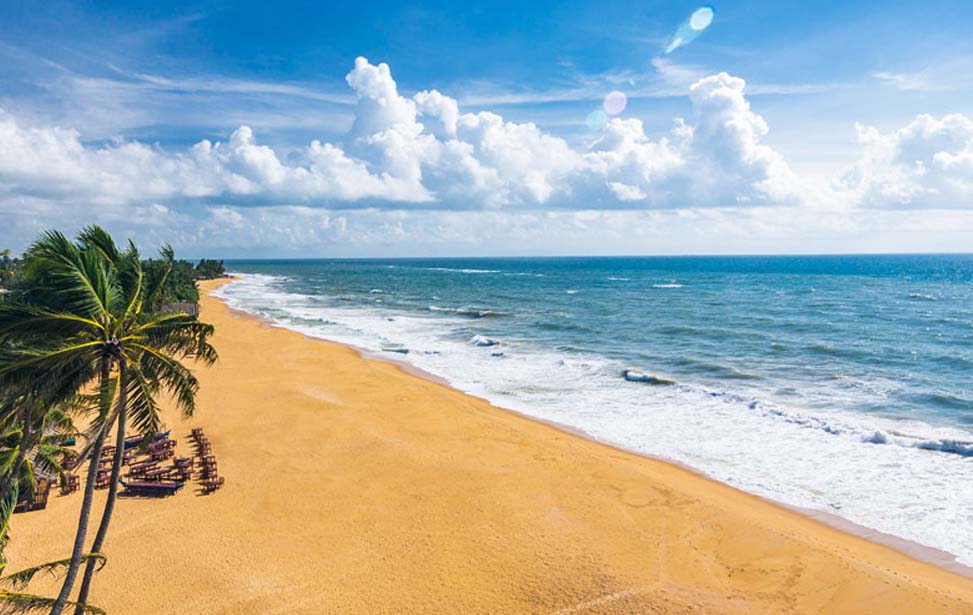 Mount Lavinia
Mount Lavinia
-
 Negombo Beach
Negombo Beach
-
 Dunhida Ella
Dunhida Ella
-
 Diyaluma Ella
Diyaluma Ella
-
 Ramboda Ella
Ramboda Ella
-
 Bopath Ella
Bopath Ella
-
 Ravana Ella
Ravana Ella
-
 Kirindi Ella
Kirindi Ella
-
 Lovers Leap
Lovers Leap


